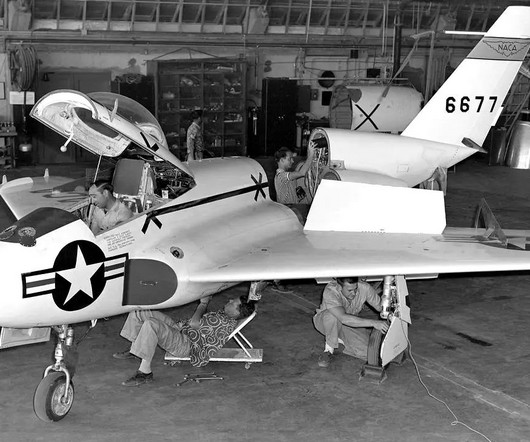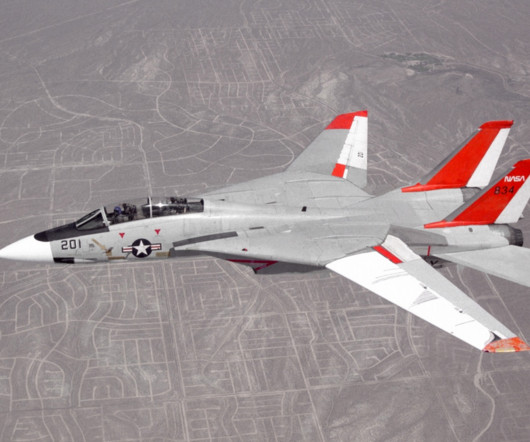Learning Aeronautical Engineering From Historic Aircraft Designs
Vintage Aviation News
APRIL 1, 2025
Studying historical aircraft helps students understand the development of flight and learn from early engineers about problems of lift, propulsion, stability, and material constraints. With the right support, future engineers can deepen their understanding of aviation history while developing the skills necessary for innovation.










Let's personalize your content